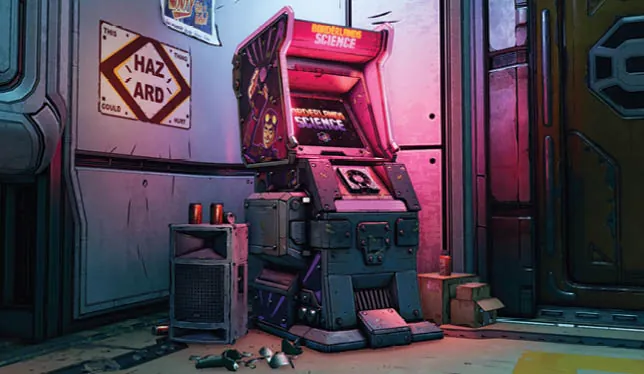
McGill University's Gaming Innovation: Mapping the Microbiome Through Play
2024-11-14
Author: Emily
Introduction
In a groundbreaking collaboration, a team of researchers from McGill University has harnessed the power of gaming to contribute to genetic research focused on the human microbiome. This creative initiative, known as "Borderlands Science," is embedded within the immensely popular video game Borderlands 3 and invites players to assist in mapping the genetic sequences of microorganisms residing in our bodies.
The Collaborative Effort
Led by McGill computer science professor Jérôme Waldispühl and Attila Szantner, an adjunct professor at McGill and CEO of the Swiss company Massively Multiplayer Online Science (MMOS), this project is a prime example of how gaming and science can intersect to yield significant outcomes. They collaborated with game development giant Gearbox Entertainment and the Microsetta Initiative at UC San Diego, which specializes in studying the extensive ecosystem of about 40 trillion microbial cells in the human gut.
Importance of Microbial Diversity
Dr. Waldispühl emphasized the importance of understanding microbial diversity to make connections to human health. “Microbes are everywhere,” he noted, advocating for the necessity of classifying these organisms to map their interactions and effects on our well-being. Given the complexity of the task—numbering millions of sequences requiring human insight beyond what algorithms can provide—he and his team sought to engage the gaming community in the curation process.
Gamification of Science
A study published in April 2023 in Nature Biotechnology highlighted the benefits of gamifying scientific tasks, shedding light on the historical challenges of recruitment and engagement in citizen science. Previous attempts often faltered as they resembled more scientific endeavors than enjoyable games, limiting their appeal to a smaller audience of science enthusiasts.
Leveraging Game Development Expertise
Seeking to enhance player engagement, Szantner’s MMOS aimed to leverage the expertise of seasoned video game developers. “Why not partner with those who excel at engagement?” he proposed. His outreach in 2016 to Gearbox's founder, Randy Pitchford, proved successful. Not only did Pitchford recognize the potential of incorporating this scientific endeavor into their games, but he also acted swiftly to make it happen.
Integration of Science and Fun
Dr. Sebastien Caisse, co-head of Gearbox Studio Québec, collaborated closely with Dr. Waldispühl to integrate the scientific component seamlessly into the gaming experience. “We wanted to ensure that the game was not only fun but also scientifically valuable,” Caisse remarked. Their synergy resulted in a mini-game where players, dubbed "vault hunters," engage in aligning DNA fragments within a retro-style arcade setting, making a meaningful contribution to genetic research.
Impressive Community Engagement
Since its launch in April 2020, Borderlands Science has generated impressive results, with over four million players completing more than 135 million unique puzzles that help scientists decode genetic sequences. This unprecedented community effort allows researchers to tackle problems that would be insurmountable for individuals alone.
Future Prospects
Dr. Waldispühl expressed hope that this collaborative research would pave the way for improved treatments for health conditions linked to gut microbiomes, such as Alzheimer’s disease and cancer. Looking ahead, he believes initiatives like Borderlands Science can democratize science, fostering broader public involvement and a greater societal appreciation for scientific research.
Conclusion
This fusion of gameplay and research not only entertains millions but also revolutionizes how we think about science, making it accessible and engaging for all, potentially changing the landscape of health science as we know it. Are you ready to embark on a quest that could reshape our understanding of human health? Dive into Borderlands Science today!

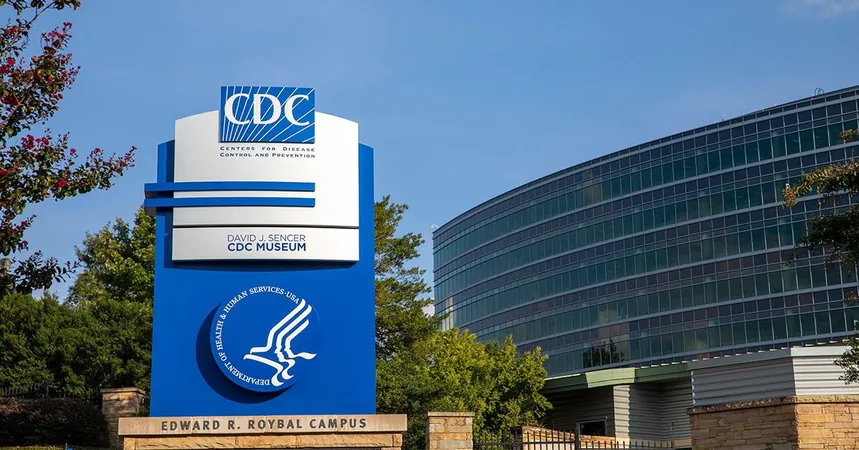
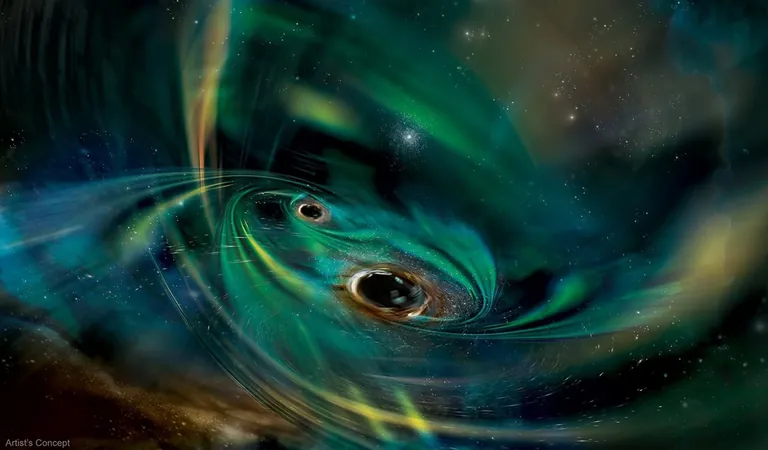

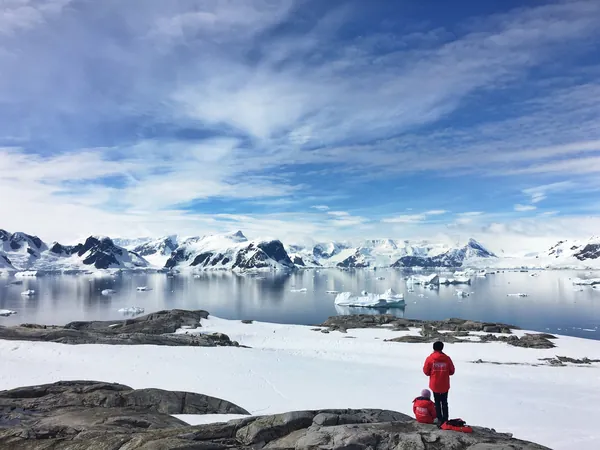
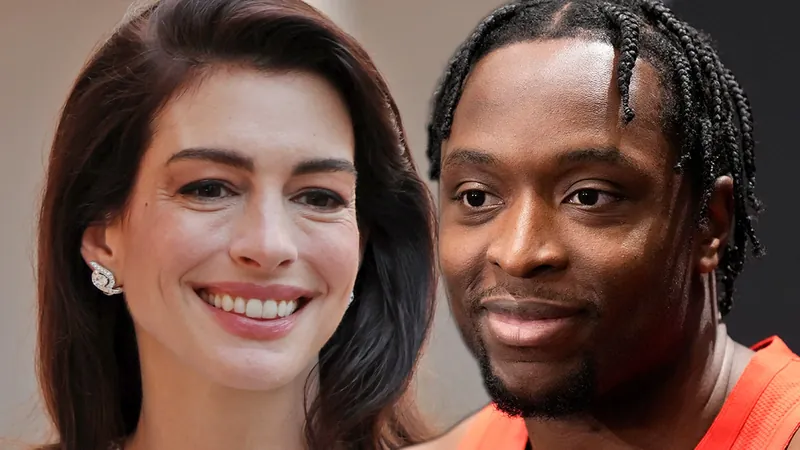

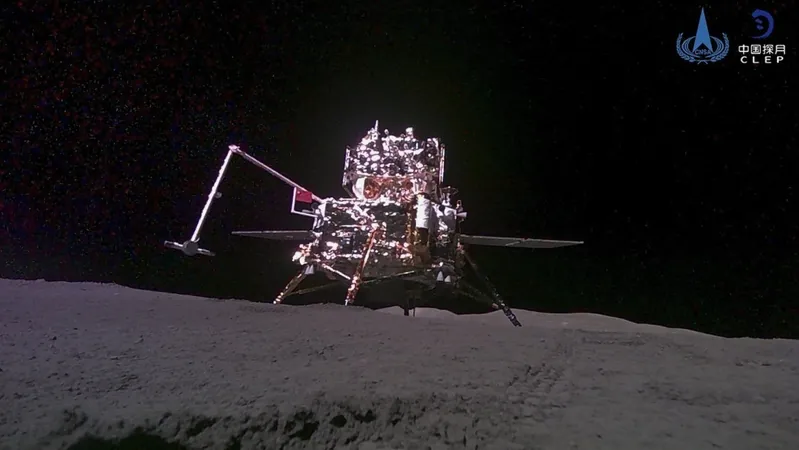
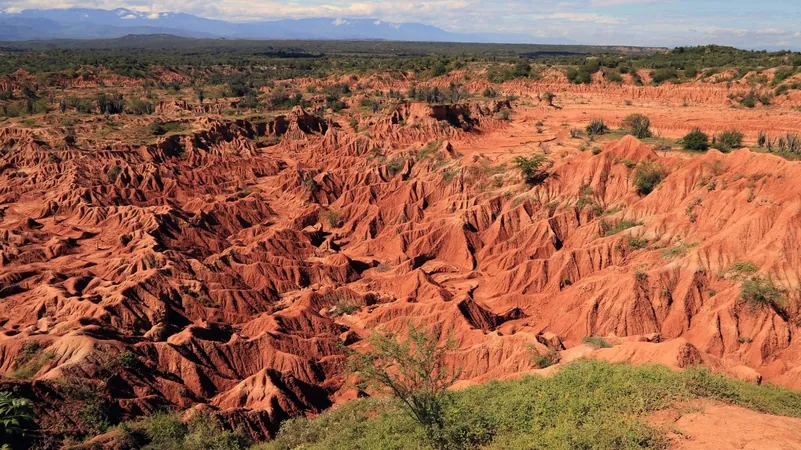
 Brasil (PT)
Brasil (PT)
 Canada (EN)
Canada (EN)
 Chile (ES)
Chile (ES)
 España (ES)
España (ES)
 France (FR)
France (FR)
 Hong Kong (EN)
Hong Kong (EN)
 Italia (IT)
Italia (IT)
 日本 (JA)
日本 (JA)
 Magyarország (HU)
Magyarország (HU)
 Norge (NO)
Norge (NO)
 Polska (PL)
Polska (PL)
 Schweiz (DE)
Schweiz (DE)
 Singapore (EN)
Singapore (EN)
 Sverige (SV)
Sverige (SV)
 Suomi (FI)
Suomi (FI)
 Türkiye (TR)
Türkiye (TR)